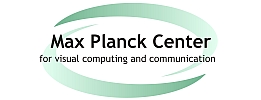| Foto | First Name | Last Name | Position |
|---|---|---|---|
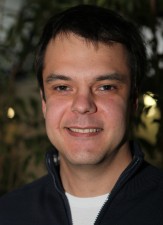 |
Mykhaylo | Andriluka | People Detection and Tracking |
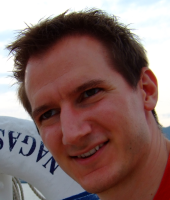 |
Roland | Angst | Vision, Geometry, and Computational Perception |
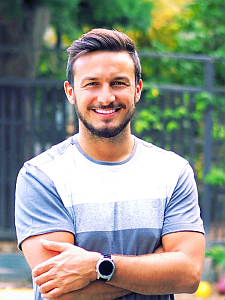 |
Tamay | Aykut | |
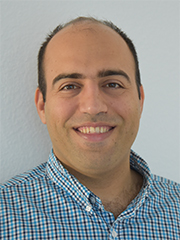 |
Vahid | Babaei | |
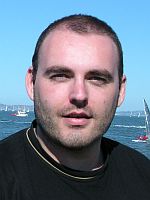 |
Pierpaolo | Baccichet | Distributed Media Systems |
 |
Volker | Blanz | Learning-Based Modeling of Objects |
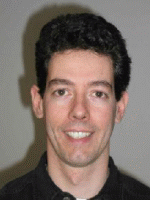 |
Volker | Blanz | Learning-Based Modeling of Objects |
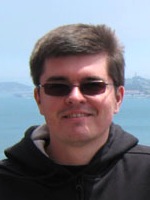 |
Martin | Bokeloh | Inverse Procedural Modeling |
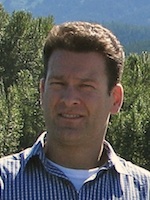 |
Adrian | Butscher | Geometry Processing and Discrete Differential Geometry |
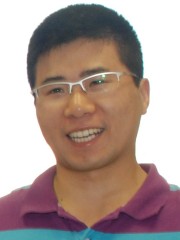 |
Renjie | Chen | Images and Geometry |
Researcher
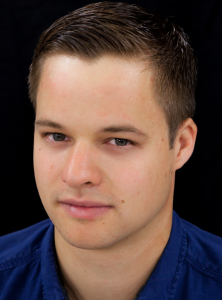 |
Dr. Michael Zollhöfer |
Visual Computing, Deep Learning and Optimization
| Name of Research Group: | Visual Computing, Deep Learning and Optimization |
| Homepage Research Group: | web.stanford.edu/~zollhoef |
| Personal Homepage: | zollhoefer.com |
| Mentor Saarbrücken: | Hans-Peter Seidel |
| Mentor Stanford: | Pat Hanrahan |
| Research Mission: | The primary focus of my research is to teach computers to reconstruct and analyze our world at frame rate based on visual input. The extracted knowledge is the foundation for a broad range of applications not only in visual effects, computer animation, autonomous driving and man-machine interaction, but is also essential in other related fields such as medicine and biomechanics. Especially, with the increasing popularity of virtual, augmented and mixed reality, there comes a rising demand for real-time low latency solutions to the underlying core problems. My research tackles these challenges based on novel mathematical models and algorithms that enable computers to first reconstruct and subsequently analyze our world. The main focus is on fast and robust algorithms that approach the underlying reconstruction and machine learning problems for static as well as dynamic scenes. To this end, I develop key technology to invert the image formation models of computer graphics based on data-parallel optimization and state-of-the-art deep learning techniques. The extraction of 3D and 4D information from visual data is highly challenging and under-constraint, since image formation convolves multiple physical dimensions into flat color measurements. 3D and 4D reconstruction at real-time rates poses additional challenges, since it involves the solution of unique challenges at the intersection of multiple important research fields, namely computer graphics, computer vision, machine learning, optimization, and high-performance computing. However, a solution to these problems provides strong cues for the extraction of higher-order semantic knowledge. It is incredibly important to solve the underlying core problems, since this will have high impact in multiple important research fields and provide key technological insights that have the potential to transform the visual computing industry. In summer 2019 Michael Zollhöfer joined Facebook. |
Researcher
- Name of Researcher
- Marcus Magnor
- Homepage of Research Group
- First Name
- Marcus
- Last Name
- Magnor
- Foto
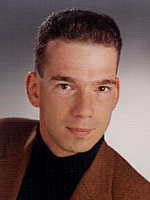
- Homepage
- graphics.tu-bs.de/people/magnor
- Phone
- Position
- Graphics - Optics - Vision (Affiliated Independent Research Group)
- Mentor in Saarbruecken
- Mentor in Stanford
- Categories
- Former Groups
- Research Mission
- My research interests focus on developing methods for realistic image generation. From its onset, the field of computer graphics rendering has experienced a continuous increase not only in scientific recognition but also in economic relevance. Computer graphics-based special effects and entirely computer-animated feature films have become established business segments of the movie industry, and computer games constitute today a multi-billion dollar business. In recent years, however, progress in rendering algorithms and graphics hardware has led to the insight that, despite faster and more complex rendering calculations, the modeling techniques traditionally employed in computer graphics often fundamentally limit attainable realism. I therefore concentrate on investigating suitable algorithms to import natural world-recorded realism into computer graphics. Such image/video-based modeling and rendering techniques employ conventionally taken photographs or video recordings of the real world to achieve photo-realistic rendering results. Goal of my work is to combine the versatility and freedom of computer-based image synthesis methods with the natural realism and ease of acquisition of a camcorder recording, making use of today’s PC graphics card capabilities and consumer-market imaging technology. During my post-doctoral time as Research Associate at Stanford University, I participated in the Stanford Immersive Television Project and worked on the acquisition, analysis and rendering of dynamic light fields. A real-time rendering algorithm exploiting conventional PC graphics hardware capabilities enabled viewing the dynamic scene interactively. For optimal rendering results, a novel algorithm was developed to robustly estimate dense depth maps from the MPEG-compressed video streams. At the Max Planck Institute for Computer Science, I currently focus on developing efficient analysis and rendering methods for sparse recording setups with only a handful of cameras. In our studio, we can record a stage area with eight synchronized video cameras distributed all around the stage. In my group, we have developed methods for online visual hull reconstruction and enhanced quality real-time rendering. Recently, we have succeeded in using a generic geometry model to automatically analyze the complex movements of a human dancer, enabling photo-realistic, interactive rendering of the dancer from any viewpoint.
- mission_rtf
- Name of Research Group
- Graphics - Optics - Vision (Affiliated Independent Research Group)
Personal Info
- Photo

- Website, Blog or Social Media Link
